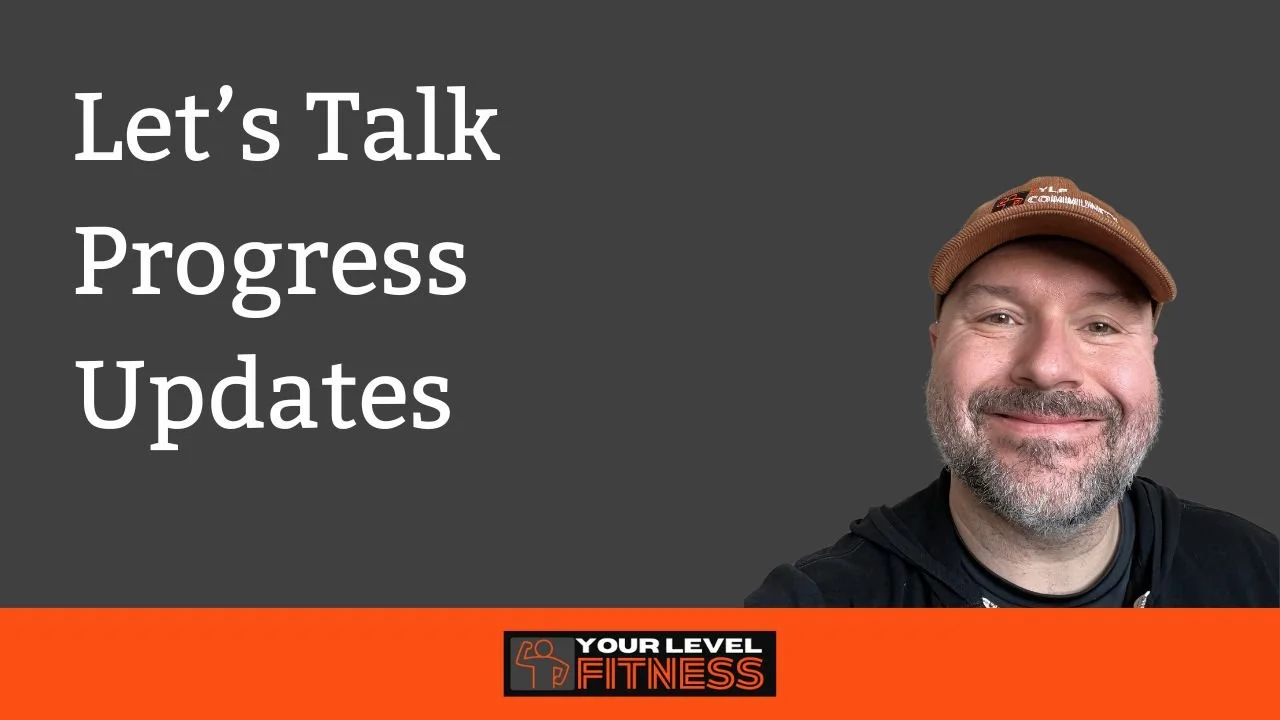The Best Way to Track Progress Without Obsessing Over the Scale
Hey there. When it comes to tracking progress on your fitness journey, it’s important to step away from the mindset of relying solely on the scale. While weight can be a data point, it doesn’t tell the full story. That’s why I believe in using a structured approach that includes multiple forms of progress tracking and aligning them with your minimum daily action goals and weekly evaluations.
Why a Multi-Faceted Approach Works
The key to long-term success isn’t obsessing over daily fluctuations but rather looking at trends over time. That’s why I recommend three essential tracking methods:
Scale Weight – This is just one piece of the puzzle. Instead of focusing on daily fluctuations, input your number into an app like Happy Scale, acknowledge it, and move on.
Progress Photos – Take front, side, and back shots regularly. This visual evidence can show changes that the scale doesn’t reflect.
Measurements – Waist and/or hip measurements provide an additional perspective and are easy to do on your own.
Using all three methods allows you to collect more data points, giving you a clearer picture of your progress. The more time you collect data, the more meaningful the trends become…month to month, quarter to quarter, and even year to year.
Structuring Progress Updates
Tying progress updates to your weekly goal evaluations creates a routine that fits seamlessly into your schedule. For me, Saturday is my rest day from lifting, so that’s when I evaluate my goals for the week. I assess whether I met my minimum daily actions, exceeded them, or need to adjust them moving forward.
One common mistake people make is continuously adding more to their goals when they’re hitting them consistently. While it’s great to challenge yourself, sustainability is the key. Rather than drastically increasing workout time or intensity, make small, manageable adjustments—like increasing a workout from 30 to 45 minutes—only when you feel it’s necessary.
How to Execute a Progress Update
The entire process takes just a couple of minutes:
Progress Photos – Use your phone’s timer and take pictures in consistent lighting and clothing.
Weigh-In – Step on the scale, log the number, and don’t dwell on it.
Measurements – Use a tape measure to track waist or hip circumference and note it down in a spreadsheet or journal.
By doing this in conjunction with your weekly evaluations, you create a framework that keeps you focused on the long-term journey rather than getting lost in short-term fluctuations.
Progress tracking isn’t about perfection, it’s about consistency. The more data you gather, the more insight you’ll have into what’s actually working for you. Give this method a try, see how it fits into your routine, and keep me posted on how it goes!
If you’re looking for a community to support you in this process and want guidance in building a sustainable, long-term approach to fitness, I invite you to join The YLF Experience. You’ll get direct coaching, support, and accountability to help you stay on track.
👉 Join The YLF Experience today: Sign up here

